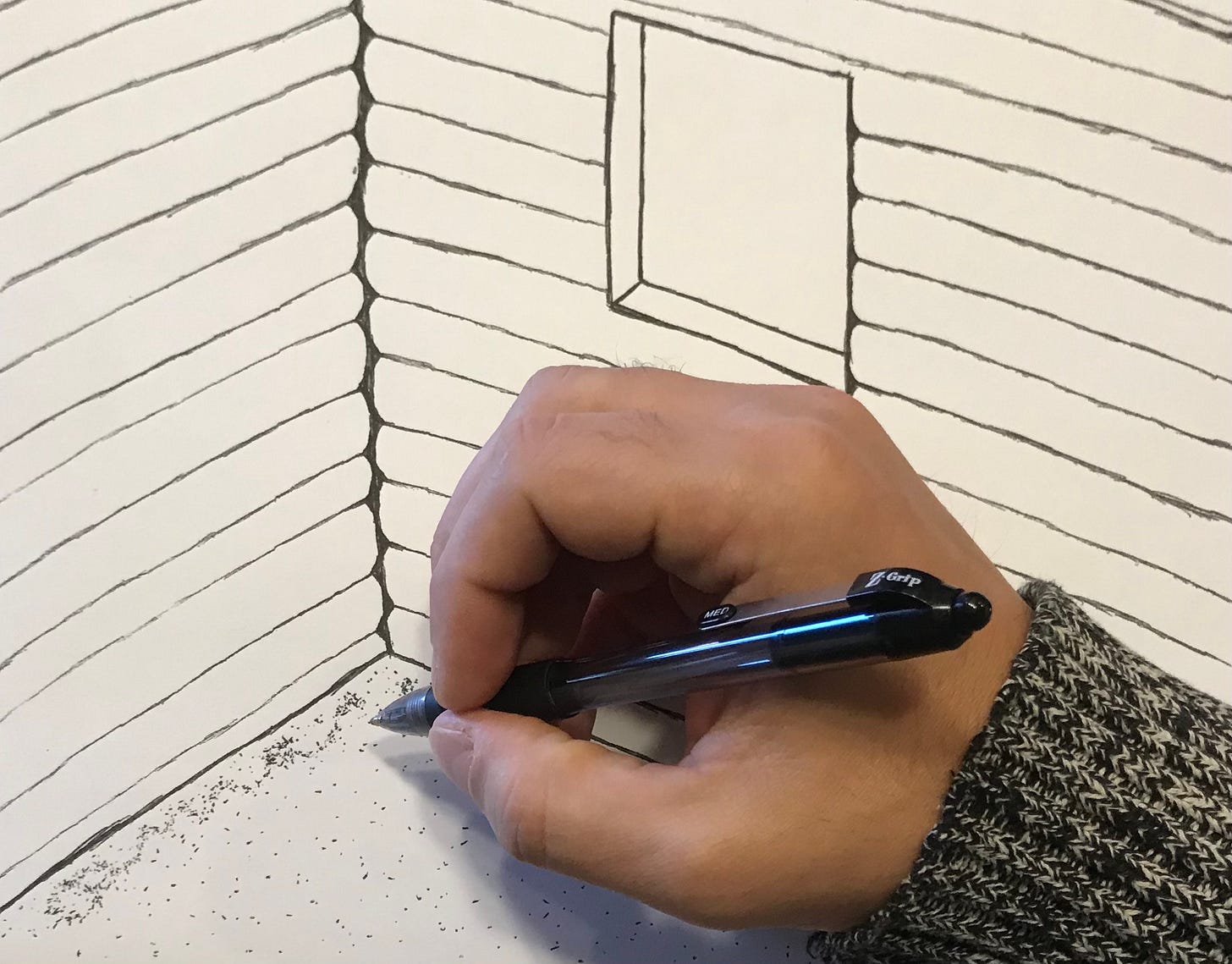Using AI for Illustration & Animation
Automating and iterating the workflow
It seems like every other day we are greeted with a remarkable breakthrough in artificial intelligence imaging.
The recent demonstration by Corridor Crew of “Rock, Paper, Scissors” is an incredible milestone, showing just how fast animating with AI has accelerated over the last six months.
Their skill is notable, of course, but not everyone has the background or technology to pull off the feats of wizardry they have benchmarked with that video. What if you want to start a little simpler? Luckily, this is possible as well.
“The evolution of AI in the contemporary art scene has been one of exploration, experimentation, defining, and finally expression. In 2022, the technology advanced rapidly, and artists explored those new tools and found new ways to experiment. For some, this became a way to define themselves with process, and finally lead to people honing their crafts to create incredibly expressive works of art using AI as an infusion mechanism. A studio apprentice in the form of a rapid ideation and refinement tool. The result is a level of artistic expression at a scale never before seen in human history.”
BLAC.ai

As previously stated, I haven’t done a lot of work with a stylus but even my own limited knowledge is enough to get my ideas into the machine.
A Prompt Response
Due to the prevalence of ChatGPT and most people’s experience prompt engineering for platforms like Stable Diffusion, the journey often starts with the written word. However, it doesn’t have to, you can get started creating imagery, animations or videos with existing work.
“One of the things I envision coming from this is personalized content. Let's say I like the Batman animated series, and I want to see more episodes that include the Riddler. The machine will have a vectorized database of everything the Riddler has said before, giving it the means to generate more dialogue in the same way. Utilizing the schemata of the show itself, you produce an experience tailored to your specific desires.
If you want the Riddler to have his own spin off where he's the main protagonist and in space. You can do that from your home, and inevitably from your phone.”
Louie Pecan
It should be noted that some of these processes exist within a legal grey area, but the landscape is quickly evolving.
To Defy the Laws of Tradition
A recent case established issues regarding copyright in regards to the use of artificial intelligence software. Not unlike the earlier decision regarding the photo taken by Naruto the Celebes crested macaque monkey, legal personhood is required for generation to be claimed.


“The most obvious legal implications for using artificial intelligence for illustrating are the questions regarding underlying copyright in source material that AI may have trained on. This creates a degree of uncertainty, albeit probably small, in the level of risk associated with using AI generated content.
The more interesting questions may lie in attempts to license AI generated material, or engage in other agreements reliant upon the generated material.
The exact boundaries of ownership in the material generated by AI may be unclear depending on the nature of use and intended use.”
Nelson Rosario, Attorney at Law
I don’t believe this issue is completely settled just yet. As I mentioned above, corporations have a strong interest in the development route of this technology and how it will be applied. It’s likely that intellectual property rights will be protected, at least for the organizations that can afford to defend them.
Pushing the Envelope, No Filter
This is only the beginning in terms of adoption and application of these techniques. There are miles yet to go before we see the ideas distributed evenly like other software and technology.
“The truth is that AI art models have already changed everything, and there’s no going back. Sure, there will be some copyright battles, a few lawsuits, and lots and lots of wailing and gnashing of teeth on social media, but at the end of the day there will exist AI systems that are built on opt-in data sets, that no longer produce deformed anatomy, that enable anyone regardless of skill or ability to unlock the artistic visions in their mind’s eye.
My advice to any aspiring artist is to ignore hot takes spread by luddites with entrenched interests, and instead experiment, explore, and learn what this new technology can do first hand. You can certainly choose to be a traditional artist – nobody is stopping you – but actively avoiding learning how to use these tools now, only means you’ll have that much more to learn when you eventually decide that maybe there’s something to all this AI art stuff after all.”
Nicholas Ptacek
It’s worth keeping an eye on where things are going, to stay on the bleeding edge, as they say. Truly, rendering video or animation is only the beginning - relatively simple and inexpensive in both time and computation power.

Extended reality and 3D assets really haven’t even had their moment in regards to AI productivity workflows yet. I fully expect this to happen in the next year or two which will likely push attention back towards the metaverse.
Early last year I took Kaedim for a test drive to see how it handled converting half a dozen images into a digital object. While it managed to embody the spirit, the definition was lacking for my needs - unfortunately.
Let Us Make More Words
As you may have come to expect by this point, I’ll be hosting a Twitter Space this afternoon to discuss this article and kick around ideas.
Join in




